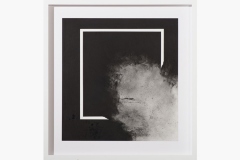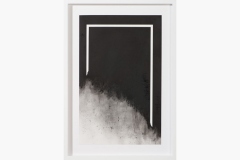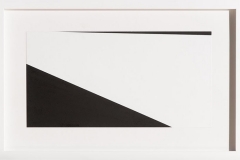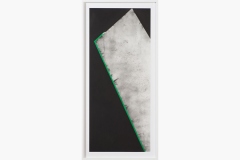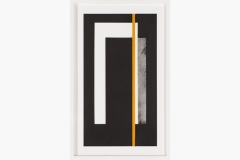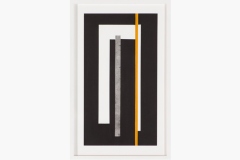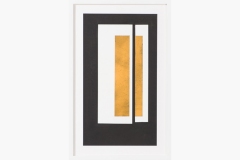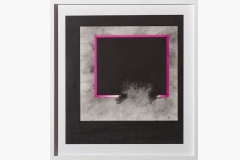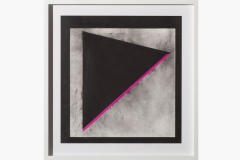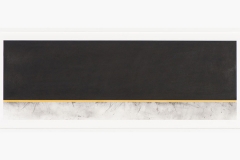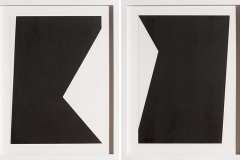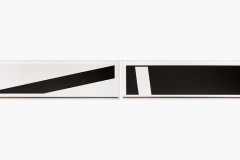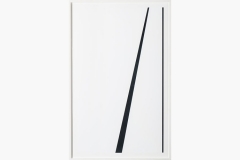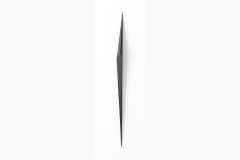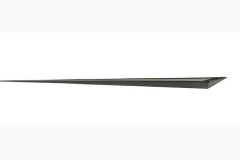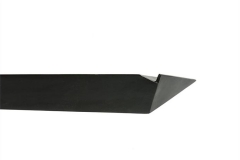Project Description
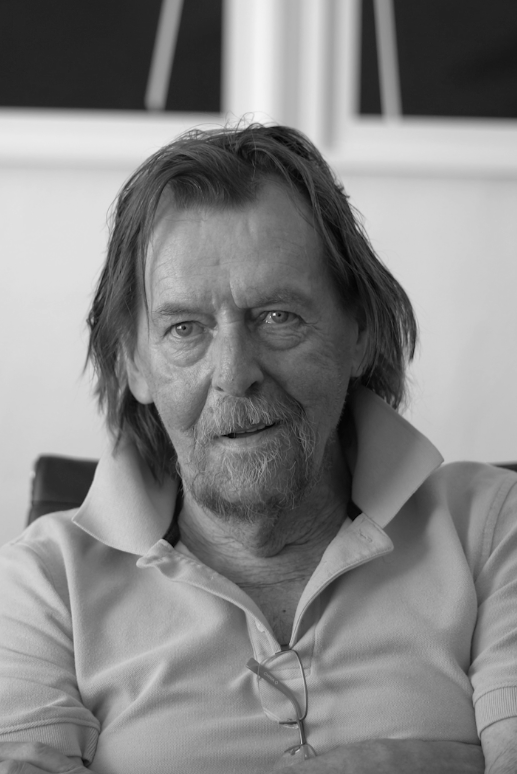
b. 1943, Waseca, MN
In the fields of sculpture and drawing, George Thiewes creates sharp, angular work with a focus on the interaction of light and dark. That interest began in the 1990s while Thiewes was working on theatrical set designs, where he had to learn to create the illusion of space through lighting. Thiewes’ sculptures are mounted on or in the wall and painted the same color as the gallery, making them hardly noticeable, except for their cast shadows. The sculptures exist autonomously, while also defining and interacting with the surrounding space through their placement and the use of shadow. Thiewes explores shadow as a sculptural medium; specifically how the work changes throughout the course of a day as both the natural and artificial light change in intensity, temperature, and direction. The angles created by light and shadow give the appearance of folds, an illusion that Thiewes also investigates in his drawings.
George Thiewes attended several colleges in the Midwest before receiving his BFA from Mankato State College and his MFA from the School of the Art Institute in Chicago. After graduate school Thiewes had a successful career as a glass artist and was part of the studio glass movement of the 1960s and 1970s before turning to sculpture in the mid-1980s. His work is included in the permanent collections of the Art Institute of Chicago; Smithsonian Institution in Washington, DC; Philadelphia Museum of Art; Chrysler Museum in Norfolk, VA; Toledo Museum of Art; Arkansas Art Center; Rochester Institute of Technology; among others.
Art Envelope: Playing in the Shadows
When one is standing just outside the gallery’s front door and peering inside, Thiewes’ works appear to be singular large, gray lines drawn across the gallery’s white walls. When one walks into the space, the drawings transform into sculptures: long, thin slats of white painted steel protruding from the walls, casting deep shadows. The shadows are louder and more dynamic than the objects themselves. From a distance, these sculptures seem to be undulations in the walls, seams perhaps.

